How to Tighten Loose Valves on Kayaks
Loose kayak valves can lead to air leaks, reduced performance, and safety risks. Regular maintenance is key to preventing these issues. Tightening a valve is straightforward and requires basic tools like a valve wrench and soapy water for leak detection. Here's what you need to know:
- Common valve types: Boston, Military (Halkey-Roberts), Twist-Lock, and Pressure Relief Valves. Each serves different pressure needs and has unique mechanisms.
- Signs of loose valves: Hissing sounds, gradual deflation, visible gaps, or air escaping when touched.
- Tools needed: Valve wrench, soapy water, microfiber cloth, and cleaning supplies.
- Steps to tighten valves: Inspect for damage, clean the valve, hand-tighten, use a valve wrench, and test for leaks with soapy water.
Proper care, such as cleaning after use, avoiding over-inflation, and protecting from UV damage, extends valve life and ensures your kayak stays safe and reliable.
How to replace valve on inflatable kayak
How Inflatable Kayak Valves Work
Knowing how your kayak's valves operate is key to keeping them in good shape. These valves act as the gatekeepers for the air inside your kayak, controlling when air flows in or out of each chamber. Each valve consists of a housing attached to the kayak's fabric and an internal mechanism that opens and closes to manage airflow.
To keep your kayak rigid and stable, it must maintain a specific PSI. The valves are designed to hold this pressure, but they can only do so if they're properly tightened and sealed. A loose valve can create tiny gaps, allowing air to escape slowly, which reduces both performance and safety.
Most inflatable kayaks are built with multiple air chambers, each with its own valve. This design adds a layer of safety - if one chamber develops a leak, the others can still keep you afloat. Each valve works independently, so you can adjust the pressure in different sections as needed.
Common Valve Types in Inflatable Kayaks
Boston valves are among the simplest and most common types you'll find. They’re ideal for lower-pressure uses and are often found on recreational kayaks and packrafts. These valves feature a rubber "mushroom" mechanism that opens when the cap is removed and seals when screwed back on. They’re easy to use and maintain, making them a great choice for casual paddlers.
Military valves (also called Halkey-Roberts or raft valves) are designed for higher-pressure situations, such as in drop-stitch construction kayaks. These valves use a push-and-twist mechanism: push and twist to lock the valve open for deflation, then twist it back to seal for inflation. Some newer versions use a more user-friendly "push-push" system. While more complex, they excel at maintaining pressure.
Twist-lock valves are typically found on older or budget-friendly kayak models. They’re functional but less reliable for holding consistent pressure over time compared to Boston or military valves.
Pressure Relief Valves (PRVs) are built for safety. They automatically release air when internal pressure exceeds a preset limit - usually around 3 PSI or 0.21 bar - to prevent damage from over-inflation. This feature is especially useful if your kayak heats up in the sun or if you accidentally over-pump it.
| Valve Type | Best For | Pressure Capability | Operation Method |
|---|---|---|---|
| Boston | Recreational, lower pressure | Standard inflation | Remove cap, unscrew to deflate |
| Military/Halkey-Roberts | High-pressure, drop-stitch | High pressure retention | Push-and-twist or push-push |
| Twist-Lock | Budget models | Basic pressure holding | Twist open/close |
| Pressure Relief (PRV) | Over-inflation protection | Automatic release | Automatic |
Some valves also include internal mesh filters to prevent debris, like drop-stitch threads, from interfering with the seal. This feature is especially important in high-end kayaks where maintaining an airtight seal is critical.
No matter the type, all valves need regular checks to ensure they’re leak-free.
How to Spot Loose Valves
Listen for a hissing sound. The most obvious sign of a loose valve is the sound of air escaping. You might hear a faint hiss when inflating your kayak or notice it getting louder during use. Sometimes, you’ll need to put your ear close to the valve to catch it, especially if the valve is just starting to loosen.
Look for gradual deflation. If your kayak feels softer after a few hours on the water or if you find yourself needing to pump it up more often, a loose valve could be the issue. A well-sealed kayak should hold its pressure for days, not hours. Frequent pumping is a clear sign something’s wrong.
Check for visible gaps. Inspect the area where the valve connects to the kayak’s fabric. There shouldn’t be any gaps or separation around the edges. If you see daylight through the connection or if the valve appears uneven, it’s likely loose and needs tightening.
Feel for escaping air. Run your hand around the valve while the kayak is inflated. If you feel air movement or hear hissing, there’s a leak.
Watch how it reacts to temperature changes. Cold water can cause air to contract, making loose valves more noticeable as the reduced pressure weakens the seal. On the flip side, hot weather expands the air, which can force loose valves to leak more rapidly. A valve that seems fine during a quick check might fail under these changing conditions.
Once you’ve identified a loose valve, gather the tools needed to secure it properly. Regular maintenance will keep your kayak performing at its best.
Tools and Supplies for Valve Tightening
Before diving into valve maintenance, make sure you have everything you need on hand. Having the right tools and supplies will make the process smoother and more effective.
Required Tools
A valve wrench is the star of the show. This specialized tool is designed to match the threading on kayak valves, giving you the leverage needed to tighten them securely. Whether you opt for a metal or plastic version, just ensure it fits your valve thread properly for a snug adjustment.
Soapy water is a must for spotting leaks. Mix a bit of dish soap with water in a spray bottle or bowl. This solution creates bubbles when it comes into contact with escaping air, making even the smallest leaks easy to find.
A microfiber cloth is handy for cleaning. Use it to wipe the valve area before and after maintenance to keep everything tidy and free of debris.
Additional Supplies
Cotton swabs and a mild cleaning solution are perfect for detailed cleaning. These tools help remove dirt and sand from valve threads and seals, which can interfere with creating an airtight closure. Pay extra attention to the rubber seal at the base of the valve stem - this is where sealing issues often arise.
For tougher grime, products like 303 Protectant or rubbing alcohol can work wonders. For routine cleaning, warm water mixed with a gentle natural soap will do the trick.
Compressed air is useful for clearing out stubborn debris. A small air compressor or canned air can blow away particles stuck in hard-to-reach parts of the valve. Open the valve while using compressed air for the best results.
If you’re dealing with older valve models, you might need to fully remove the valve to inspect its internal components.
Keep all these tools and supplies in a waterproof bag so you’re always prepared for routine valve maintenance.
sbb-itb-2bb67b7
How to Tighten Loose Kayak Valves
Securing loose kayak valves is essential for maintaining a proper seal and avoiding air leaks. Follow these steps to tighten your valves effectively without causing damage to your kayak.
Check the Valve for Damage and Debris
Start by fully inflating your kayak. This puts pressure on the valves, making it easier to spot leaks. Remove the valve cap and carefully inspect the area for any signs of damage or debris.
Pay attention to any hissing sounds - this can pinpoint where air is escaping. After identifying the problem area, visually examine the valve insert. Make sure it's seated correctly and that the pushpin mechanism moves smoothly. If you notice cracks, warping, or other damage, address these issues before proceeding further.
Once you’ve ensured the valve is clean and free of dirt or debris, you're ready to make adjustments using a valve wrench.
Use a Valve Wrench to Tighten
Begin by hand-tightening the valve. Turn it clockwise until you feel resistance - this helps align the threads properly before applying additional force.
Next, grab your valve wrench and continue tightening the valve. Turn it clockwise until it’s snug, but be cautious not to overtighten, as this could strip the threads. Pay close attention to the kayak's fabric while tightening; if it starts to twist or bunch up around the valve base, stop and adjust the valve to ensure it sits flush against the material.
For leaks around the valve’s perimeter, double-check that the valve is properly aligned. A misaligned valve will continue to leak, no matter how tight you make it.
Once the valve is securely in place, it’s time to test for any remaining leaks.
Test for Air Leaks
Mix up some soapy water and spray it generously around the valve, including the housing, the cap's edges, and where the fabric meets the valve. Keep the valve cap closed during this test.
Watch for bubbles forming in the soapy water. Even small bubbles indicate air is escaping, meaning the valve may need further adjustment. Pay special attention to the area where the valve insert screws into the housing.
If you spot bubbles, check that the valve insert is tightened properly and that all parts are correctly positioned. Let the soapy water sit for a few minutes to detect any slow leaks, then recheck the valve after making adjustments. A properly tightened valve should show no bubbles, confirming a secure seal.
Fixing Problems and Preventing Future Issues
Once you’ve tightened your valves, it’s time to address any lingering leaks and establish a maintenance routine to keep future issues at bay.
Fixing Valves That Still Leak
If a valve continues to leak after tightening, it’s time for a closer inspection. Start with the gasket or O-ring - look for cracks, tears, or signs of hardening. These seals can wear out over time, especially if exposed to harsh sunlight or extreme temperatures.
Next, check the valve threads. Cross-threading during previous adjustments might have damaged them, preventing a proper seal. Stripped or worn threads may mean you’ll need to replace the valve housing entirely.
Examine the valve insert as well. Warping, cracks, or corrosion - especially from salt water - can compromise its function. If the gasket is the only part showing wear and the rest of the valve is intact, replacing just the gasket could solve the problem. But if multiple components are damaged, it’s usually best to replace the entire valve assembly.
Valve Maintenance Tips
Keeping your valves in good condition isn’t just about repairs - it’s about regular care. After every outing, clean your valves to remove sand, mud, or debris that can damage seals and threads.
"Your kayak's valves are basically its lungs, so keep them healthy! Make sure they're clean, debris-free, and sealing properly." - Katy Hesser, Buoy Watersports, LLC
Rinse your kayak with fresh water after each use, focusing on the valve area. Salt water can corrode valve components, so make sure the valves are securely closed before rinsing to prevent water from entering the air chambers.
Even during storage, check your valves monthly for tightness. A quick turn with a valve wrench can help you catch potential leaks early. Use soapy water to test for leaks and ensure your repairs are holding up.
Protect your valves from UV damage by applying 303 Protectant spray to the surrounding PVC material. Prolonged exposure to sunlight can weaken rubber gaskets and make plastic parts brittle. When not in use, store your kayak in a cool, dry place away from direct sunlight.
Be mindful of air pressure, especially in hot weather. Over-pressurizing your kayak can stress valve seals, leading to early failure. Stick to the manufacturer’s recommended PSI levels, keeping in mind that air expands as temperatures rise.
Finally, when folding your kayak for storage, don’t crease it along the same lines every time. Repeated folding in the same spots can weaken the material around the valves, creating stress points that might eventually lead to leaks. Rotate your folds to keep the kayak in top shape.
Conclusion: Keep Your Kayak Ready for Adventure
Taking care of your kayak's valves ensures it stays safe and performs well. This final reminder ties together the steps you’ve learned - spotting loose valves, using the right tools, and keeping them in good condition - all of which are crucial for smooth and worry-free trips. Inflatable kayaks are usually inflated to a maximum of 2.5 psi, and even small leaks can affect both safety and performance.
Always store your kayak in a dry place and away from direct sunlight to avoid damage to the valves and material. This simple habit not only protects the seals but also ensures your kayak is ready for your next adventure. Whether you’re heading out for a relaxing fishing weekend or a longer trip, knowing your valves are secure gives you peace of mind on the water.
Inflatable kayaks from Elemental Sports are designed with dependable valve systems and come with valve wrenches in their repair kits. These thoughtful features let you focus on enjoying your time paddling instead of worrying about equipment issues.
FAQs
What should I do if my kayak's valve is still leaking after tightening it?
If tightening the valve doesn’t put an end to the air leak, the next step is to check for any dirt, sand, or debris around the valve. Even tiny particles can interfere with creating a proper seal. Clean the area around the valve thoroughly and then tighten it again.
Still leaking? Take a close look at the valve for any cracks or visible damage. If you spot any issues, the valve might need replacing to ensure a proper seal. For minor leaks, you can try using a sealant designed specifically for inflatable kayaks. Just make sure to carefully follow the sealant’s instructions to get the best results.
How often should I check and maintain the valves on my inflatable kayak to prevent air leaks?
To keep your kayak valves working smoothly and avoid air leaks, make it a habit to inspect and clean them weekly. This is particularly crucial for pressure relief valves, as they tend to collect debris over time. Routine maintenance helps ensure a proper seal and can significantly extend the life of your inflatable kayak.
Before each trip, take a moment to check for dirt or sand around the valves. Clean them carefully and make sure they’re securely tightened. A bit of attention now can save you trouble later, keeping your kayak in great shape for all your adventures!
Can temperature and sunlight affect my kayak's valves?
Environmental conditions, such as temperature and sunlight, can affect how well your kayak's valves perform. High temperatures can make the air inside your kayak expand, increasing internal pressure and putting extra stress on the valves. On top of that, prolonged exposure to sunlight and UV rays can degrade the valve materials over time, which might lead to leaks or reduced durability.
To protect your kayak's valves, make sure to store it in a cool, shaded spot when it's not in use. Try to avoid leaving it in direct sunlight for long periods. Taking these precautions can help ensure your kayak stays in great shape and performs well for years to come.




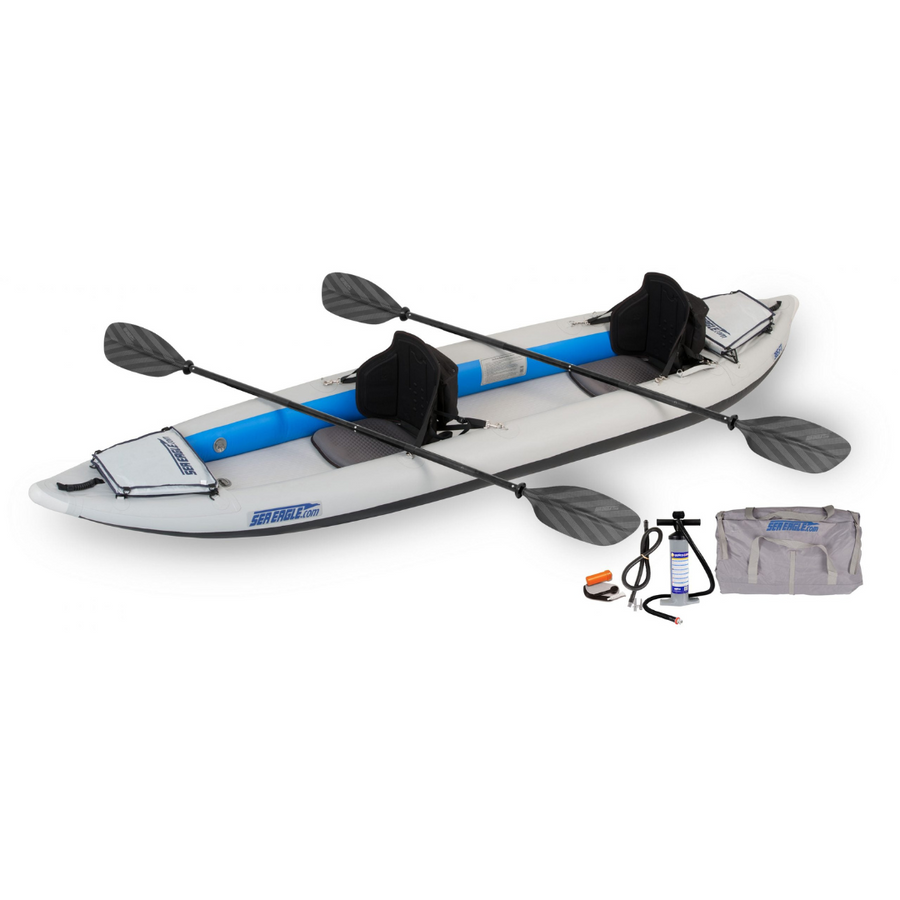
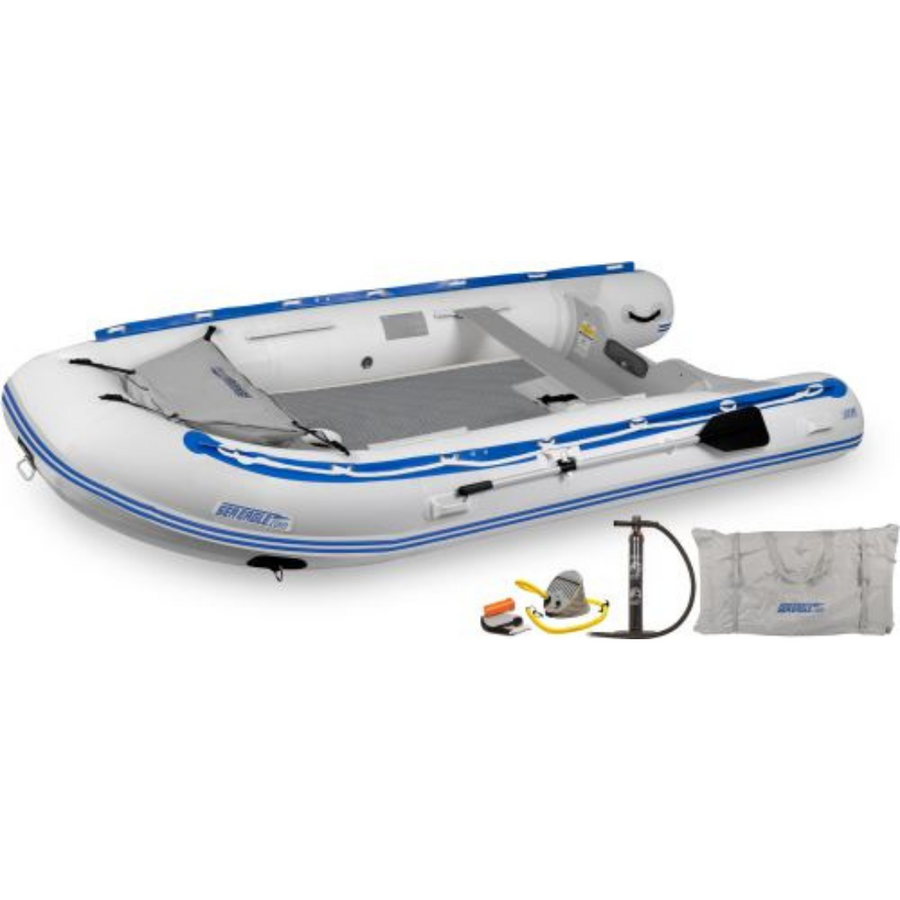
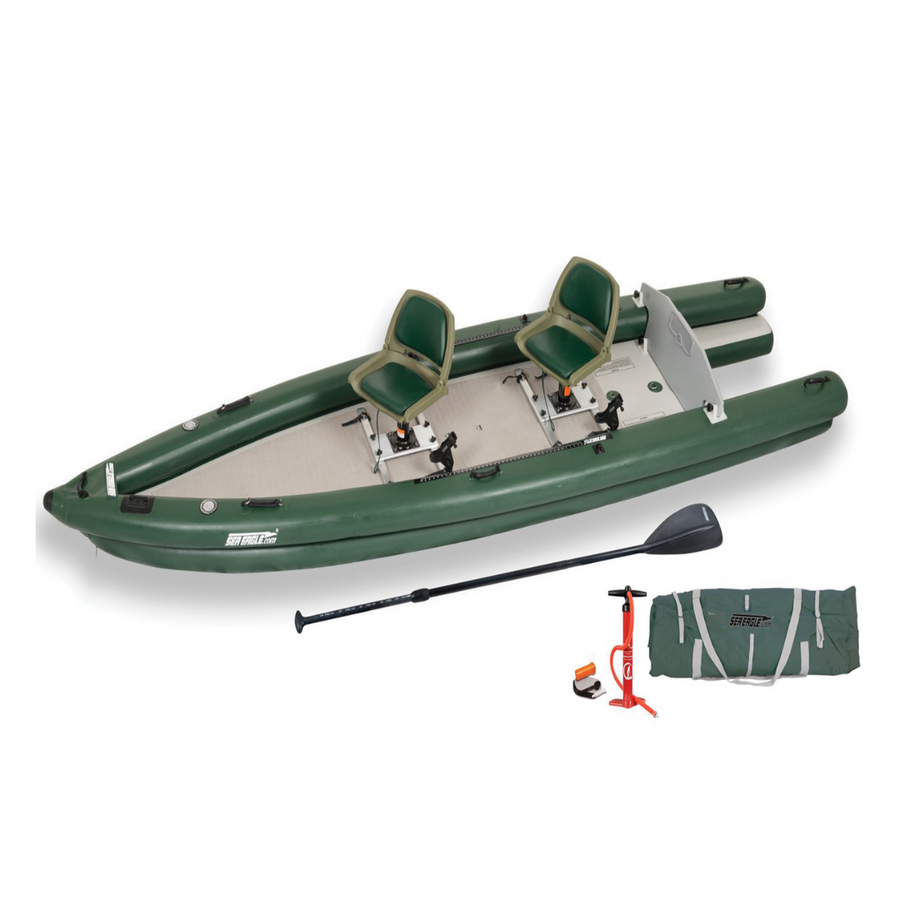
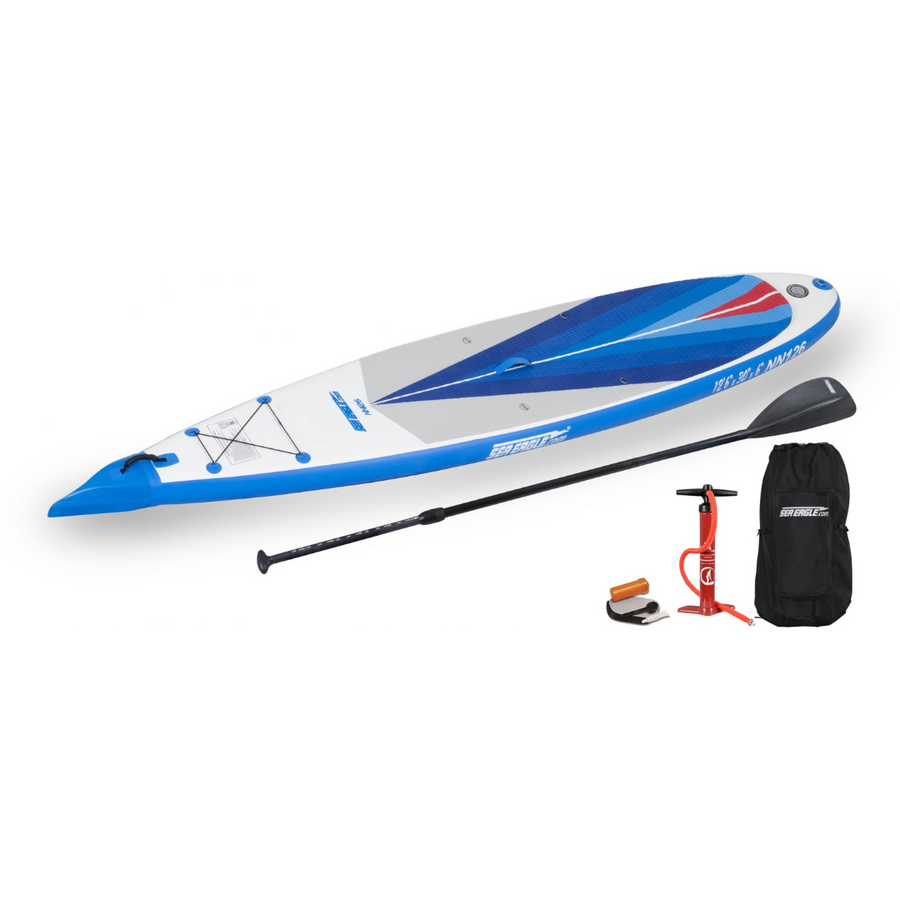
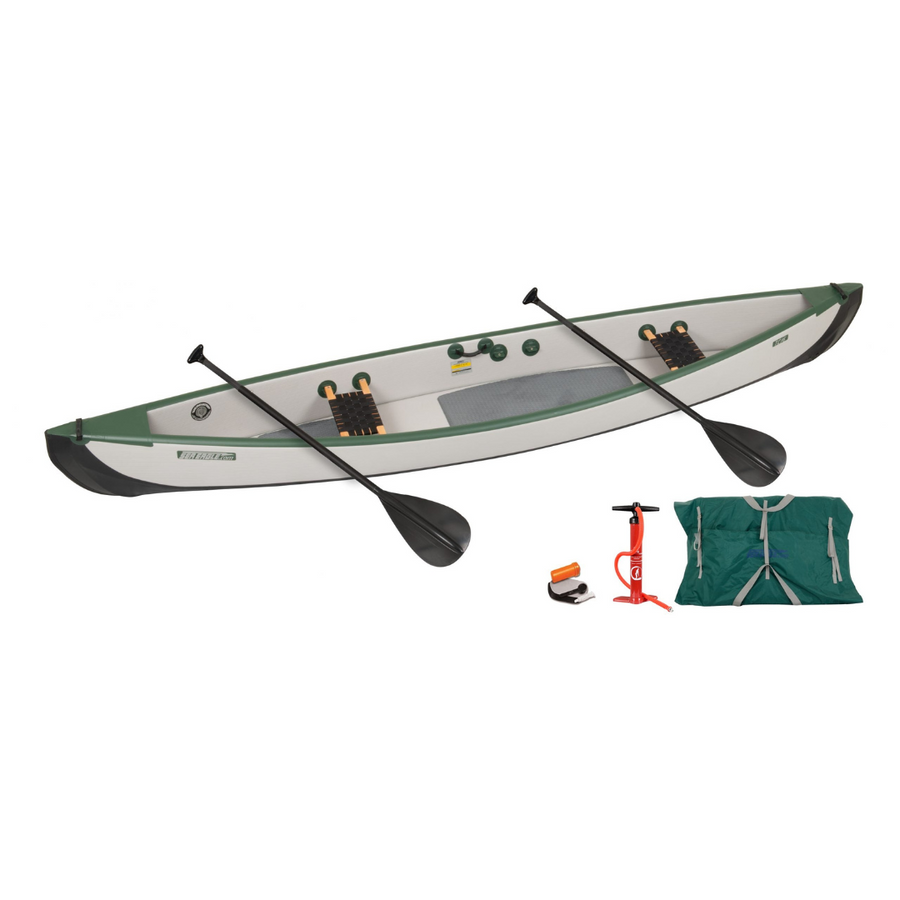
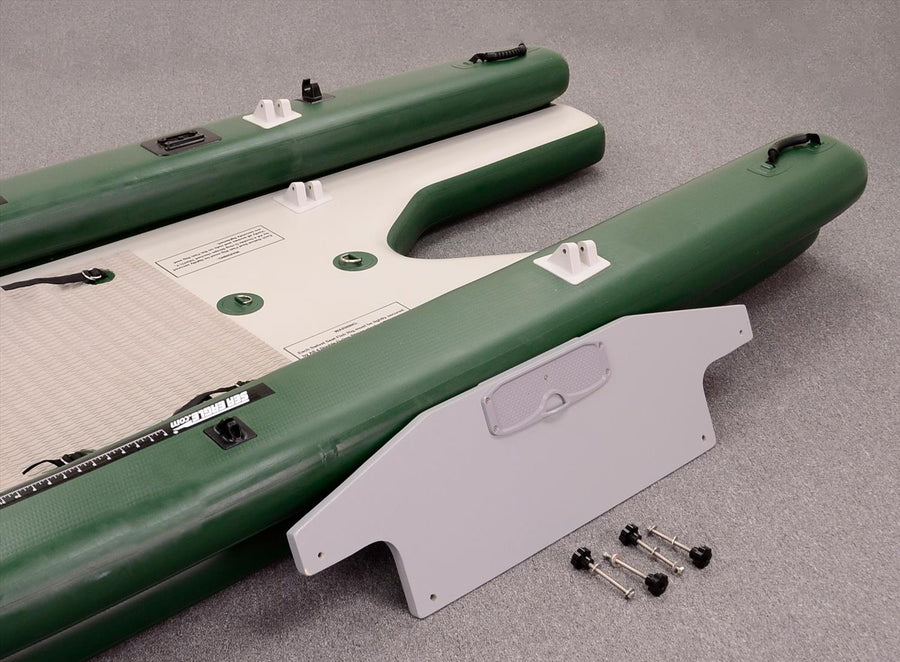


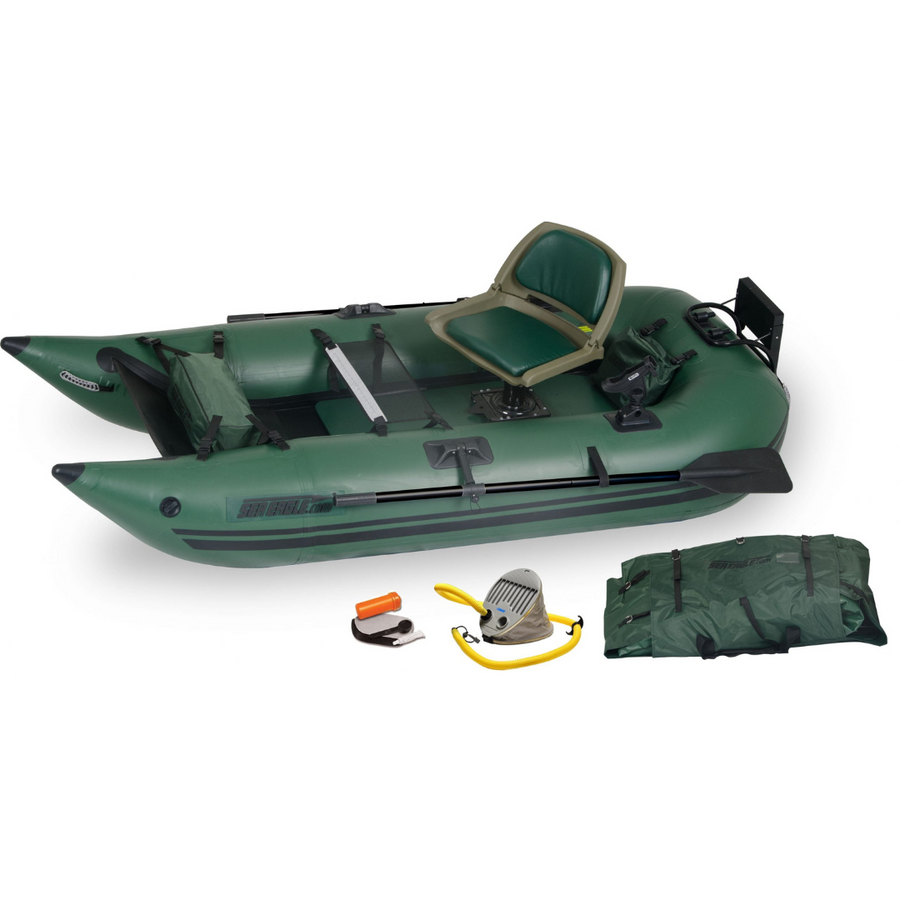
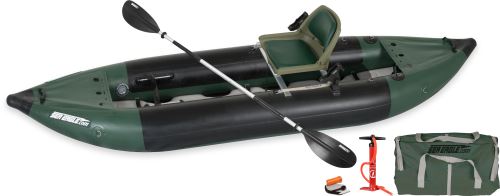
Leave a comment